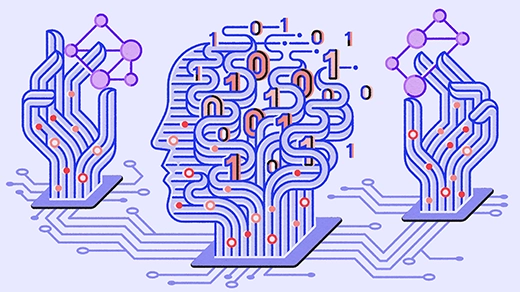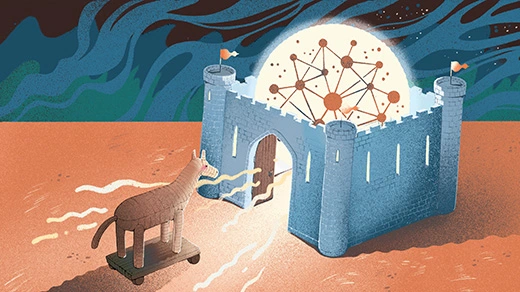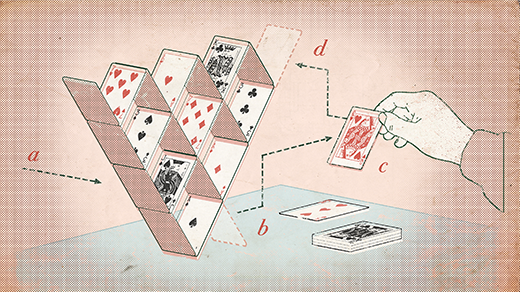The Question of What’s Fair Illuminates the Question of What’s Hard
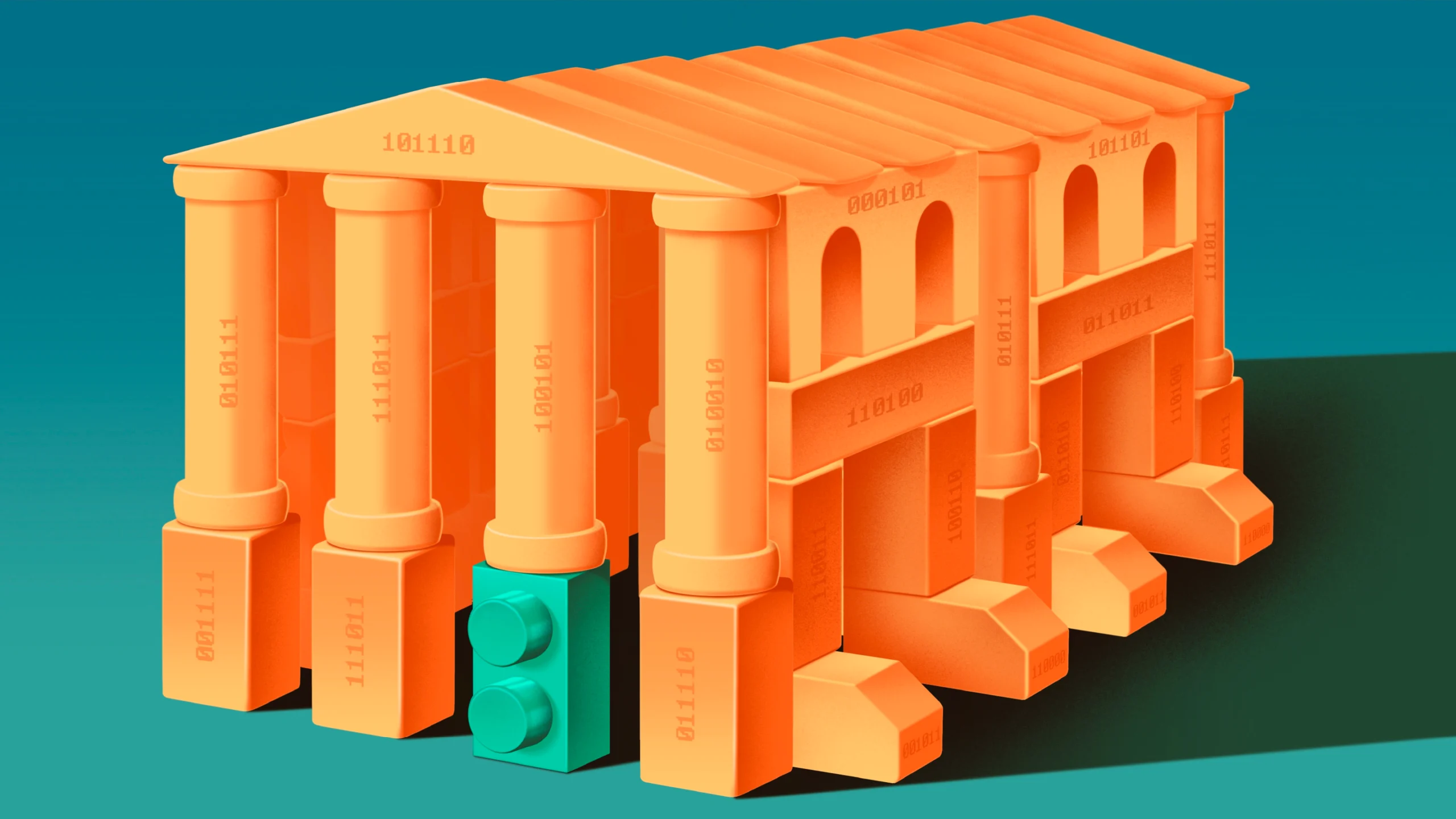
Nash Weerasekera for Quanta Magazine
Introduction
Theoretical computer scientists deal with complicated ideas. But whenever possible, they’d prefer to work with simpler ones. A 2009 tool known as the regularity lemma gives them a great way to do this. It effectively lets them break a given computational problem or function into simpler pieces.
For computational complexity theorists, who study the relative hardness of different problems, this ability to simplify has long helped them understand unwieldy mathematical functions. But certain problems with complex pieces have still defied analysis.
Now, new work provides a way to analyze those hard-to-understand problems. The advance comes from an unexpected area of computer science: algorithmic fairness, where algorithms like those used by banks and insurance companies are scrutinized to make sure they treat people fairly. The new results show that the fairness tools can effectively map out the different parts of a hard problem and isolate the precise regions of the problem that make it hard to solve.
“It’s really a fantastic work. I think it’s super exciting,” said Michael Kim, a computer scientist at Cornell University who helped build one of the fairness tools that was repurposed in the new work. “As a theorist who’s working in these spaces, it’s kind of an ideal outcome that somebody takes your work from one area and applies it to something else.”
Precision Forecasts
As institutions have become more comfortable using algorithms to decide who gets a bank loan, for example, or who should receive parole, it’s become more important to have a formal way of checking that human biases aren’t creeping into the calculations. But there’s more than one way to measure what’s fair.
Start with the general problem of measuring the accuracy of a prediction. Let’s say you come up with a computer program that predicts if it’s going to rain in your city, and you want to measure its accuracy. Let’s also say that it tends to rain on about 40% of the days in a year. If you use a fairness tool called multiaccuracy, your algorithm could be considered accurate if it makes an average prediction that is close to 40%. This could be achieved if the algorithm predicts a 40% chance of rain on every day of the year, or if it predicts 100% rainfall on just 40% of the days (since the average would be the same). Ask it to be more specific though — will it rain on Tuesday? — and the same algorithm may not be accurate.
Now consider an algorithm that predicts whether loan applicants are likely to make all their payments. It’s not good enough to have an algorithm that predicts the correct general rate — the 40% chance of rain in our example above. It needs to predict the rate for specific individuals across different population groups in a way that’s both accurate and fair.
Accurate predictions typically drop as you add layers of complexity, like a specific date for the weather forecast, or a specific person that’s applying for a loan. Real-life situations quickly become too complex for multiaccuracy to be the best way of measuring them.
In 2018, Kim and other fairness researchers came up with a new and stronger fairness paradigm called multicalibration, which accounts for these layers of complexities. This approach enforces “calibrated” predictions — basically, each layer of complication is accounted for in the system. Multicalibration means that an algorithm’s predictions are accurate whether you’re looking at all days, or just Tuesday. Or whether you’re making loan predictions about all people, or just certain types of people. Multicalibration should guarantee fairness across the board.
But its usefulness didn’t end there.
Beyond Fairness
Last year, a team of theoretical computer scientists saw a chance to bring these tools into a different field. They showed how multiaccuracy and multicalibration were equivalent to existing theorems in graph theory, a mathematical discipline that studies relationships between objects. It made Salil Vadhan, a computer scientist at Harvard University, wonder where else the tool might be useful.
“We saw they were getting the mileage [using] multicalibration in graph theory,” said Vadhan, one of the authors of the 2009 regularity lemma as well as the newest work. “Now let’s try to do it for complexity theory as well.” He teamed up with his Harvard colleague Cynthia Dwork, who was also one of the authors of the graph theory paper, and their undergraduate student Sílvia Casacuberta (who is now a graduate student at the University of Oxford).
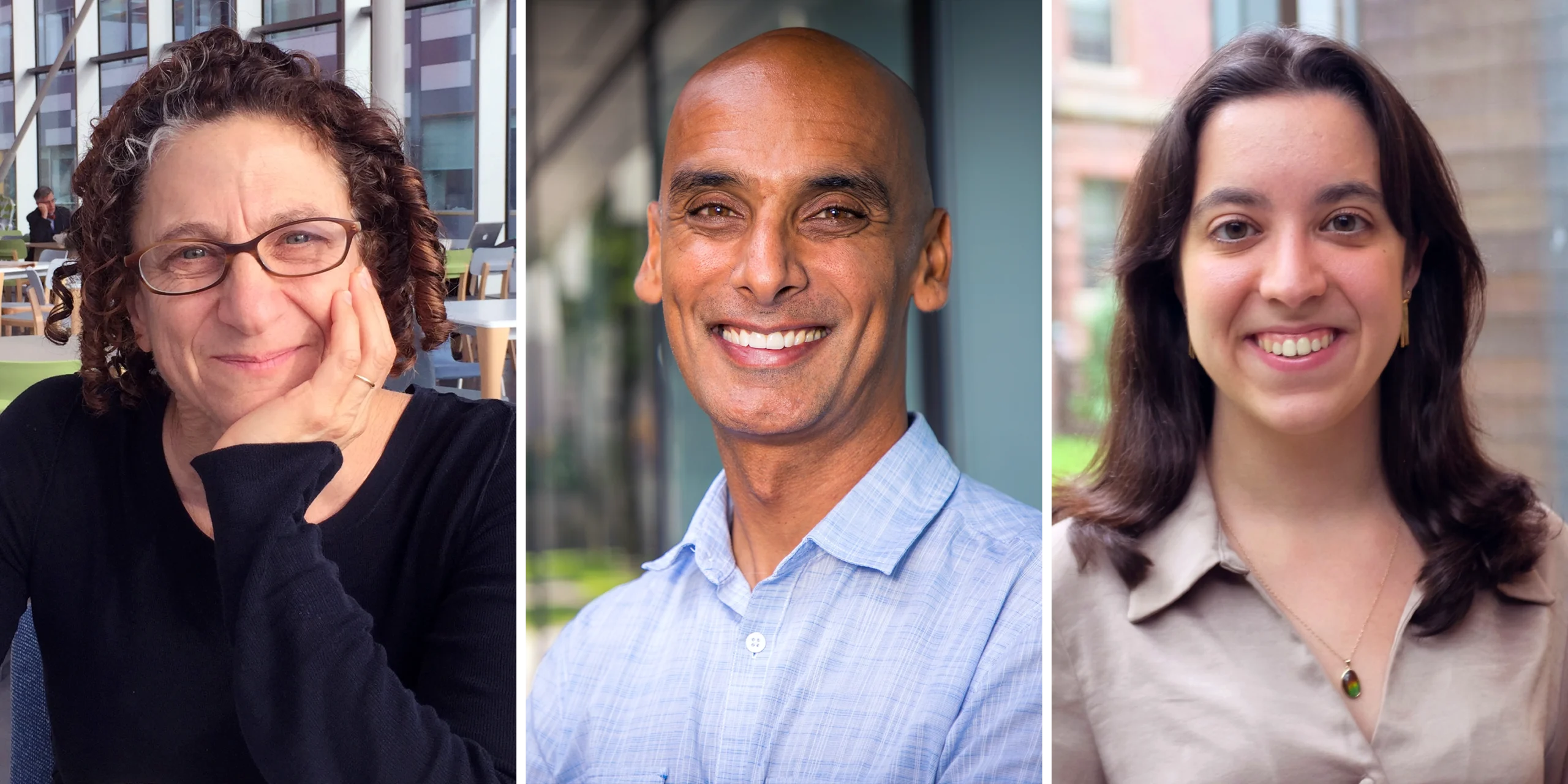
From left: Cynthia Dwork, Salil Vadhan, and Sílvia Casacuberta adapted a tool from the field of algorithmic fairness to improve our understanding of certain hard problems.
From left: Courtesy of Cynthia Dwork; Eliza Grinnell/Harvard SEAS; Allison Olivia Choat/Harvard University
The trio ended up establishing a kind of dictionary translating between fairness tools and ideas in complexity theory. They showed that any population — whether it’s days to be forecast or applicants awaiting loans — could be translated into a landscape of possible inputs for a computational problem.
With the connections established, the researchers showed that multiaccuracy, the weaker fairness tool, is equivalent to the regularity lemma: A simple function, such as the average prediction of rainfall, can approximate a complex one, such as the true average (calculated using the actual occurrence of rainfall). “The connection to multiaccuracy and regularity is just a change in terminology,” Vadhan said.
After proving this, the researchers naturally wondered whether multicalibration, the stronger fairness tool, could be applied to prove something stronger. It could: They found that a fairness algorithm’s ability to maintain accurate predictions within subpopulations could be applied to strengthen another lemma, known as Impagliazzo’s hard-core lemma. The lemma helps us understand the structure of a hard problem, by looking at all of its possible inputs and asking which ones would be the hardest to solve.
To imagine a problem that is only difficult with certain inputs, let’s return to rainfall. Consider a region with a rainy season, where it rains almost every day, and a dry season, where it almost never rains. Because of this, we can correctly predict whether it will rain 90% of the time. The remaining 10% — presumably days at the boundary of the two seasons, where rain and clear skies are equally likely — are hard inputs. Predictions on those days can’t do much better than random guesses.
“Which inputs of a computational problem [described by a hard function] are easier, and which are harder?” said the late Luca Trevisan, a theoretical computer scientist at Bocconi University in Italy and one of the authors of the 2009 regularity lemma. Impagliazzo showed that, for any given hard problem, there is always a common set of hard points that are hard for any efficient algorithm.
The authors of the new work showed that applying multicalibration’s stringent requirements improved the lemma, generalizing it to apply to more problems. Previous attempts to identify a problem’s hard inputs, rather than simply prove they exist, involved splitting the inputs into tinier chunks and looking for an approximation function that still worked. Eventually, after enough splits, it was possible to identify the inputs that couldn’t be approximated. The only problem was the splitting resulted in an exponential number of chunks to be processed, so the approach wasn’t feasible. But by applying multicalibration, the researchers were able to reduce the total number of splits, thereby simplifying the approach to approximating the hard function.
“I really like their result,” said Huijia (Rachel) Lin, a theoretical computer scientist at the University of Washington and one of the authors of last year’s graph theory paper. “It is really going back to the classic [hard-core lemma], and giving it a new twist.”
“It’s really cool to see we have this complexity-inspired approach to prediction that has promoted cool new ideas in fairness, [and] it’s cool to see them go back to complexity and sort of run full circle,” Kim said. “I think you hope for these kinds of things.”
